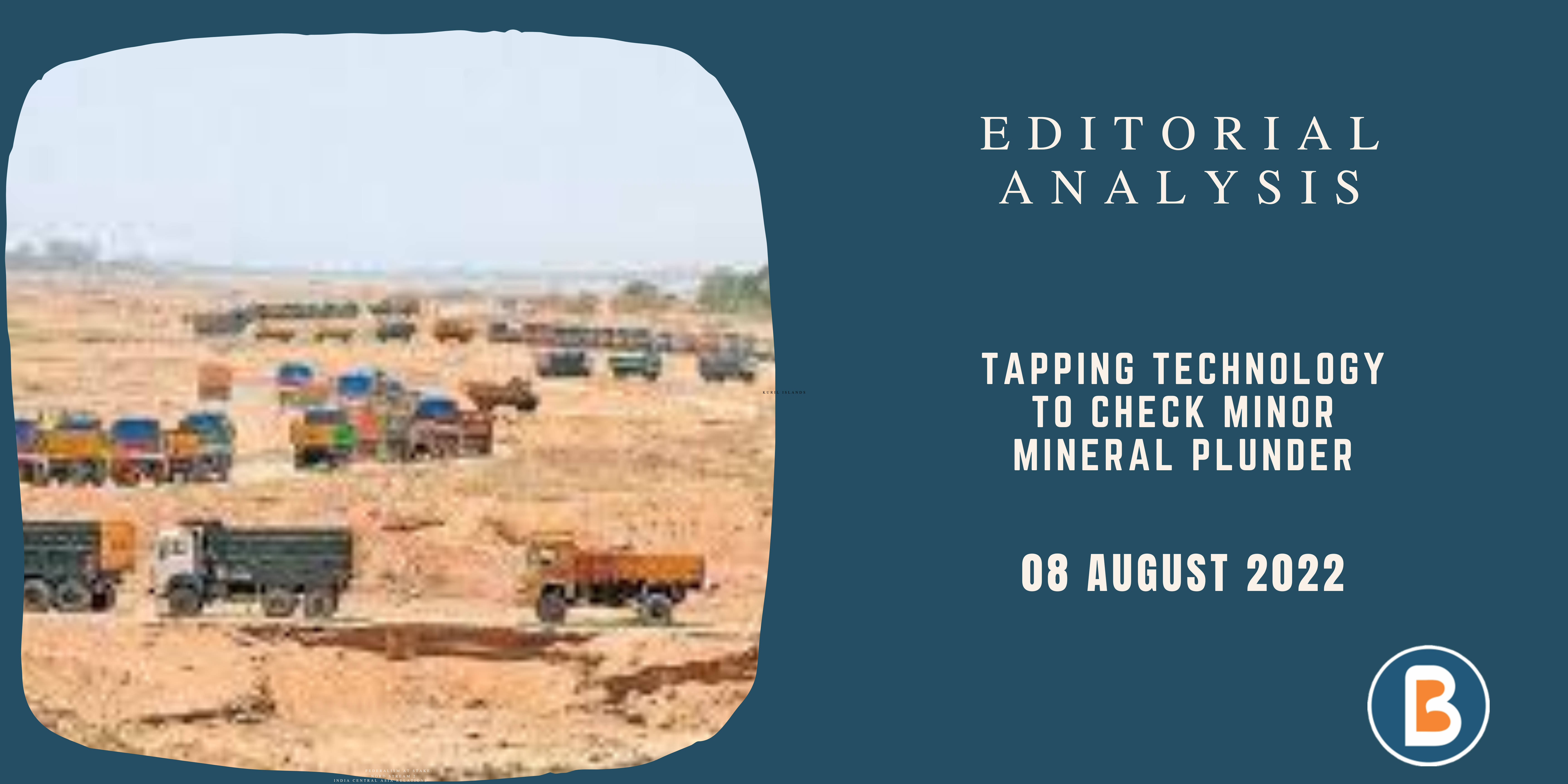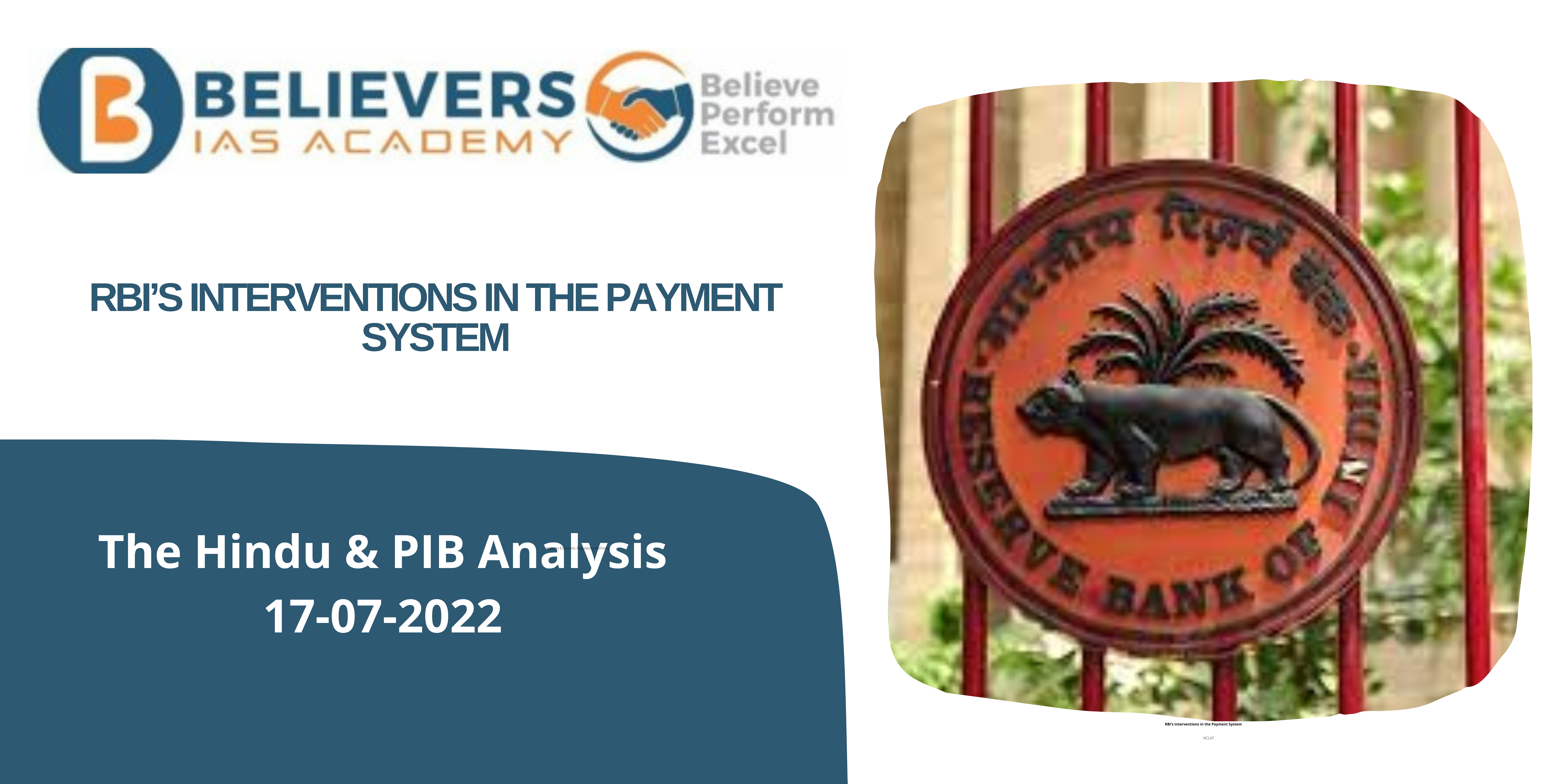Tapping Technology to Check Minor Mineral Plunder
For Mains
- The need to monitor Mining industry
- The demand for minor minerals such as sand and gravel has crossed 60 million metric tons in India.
- It has become the second largest extractive industry on the planet, after water.
- While laws and monitoring have been made stringent for the mining of major minerals it remains a fact rampant and illegal mining of minor minerals continues unabated.
- For example, even though the estimates for major highways or construction projects include the distance (called ‘lead’) to transport gravel from authorised quarries, gravel is often removed from agricultural lands or fallow lands of the government near the project.
The Need for Reforms
- The regulatory and administrative powers to frame rules, prescribe rates of royalty, mineral concessions, enforcement, etc. are entrusted exclusively to the State governments.
- The Environment Impact Assessment (EIA) Notifications of 1994 and 2006 made environmental clearance compulsory for mining in areas more than or equal to five hectares.
- EIA was amended in 2016 following the directions of Supreme Court, which made environmental clearance mandatory for mining in areas less than five hectares, including minor minerals.
- The amendment also provided for the setting up of a District Environment Impact Assessment Authority (EIAA) and a District Expert Appraisal Committee (EAC).
- However, despite setting up various agencies, the rejection rate of EIAA and EAC at the State level for many states has been a mere 1%.
- The United Nations Environment Programme, in 2019, ranked India and China as the top two countries where illegal sand mining has led to sweeping environmental degradation.
- As has been pointed out in a study of the Narmada basin, sand mining has reduced the population of Mahseer fish from 76% between 1963 and 2015.
- U.P. is losing revenue from approximately 70% of mining activities as only 30% of the area is legally mined.
- As per report of the Oversight Committee by the National Green Tribunal (NGT), Uttar Pradesh (where illegal sand mining has created a severe hazard) has either failed or only partially complied with orders issued regarding compensation for illegal sand mining.
What can be done?
- Protecting minor minerals requires investment in production and consumption measurement and also monitoring and planning tools.
- Satellite imagery can be used to monitor the volume of extraction and also check the mining process.
- Additionally, drones, the internet of things (IoT) and blockchain technology can be leveraged to monitor mechanisms by using Global Positioning System, radar and Radio Frequency (RF) Locator.
Source The Hindu
For more updates, Click Here




